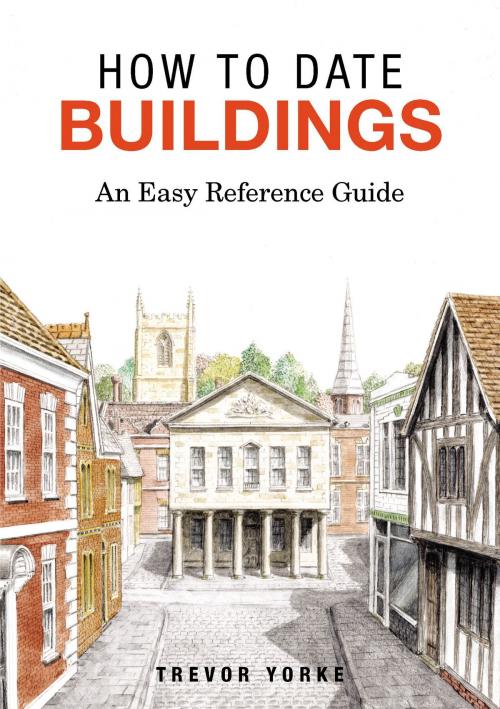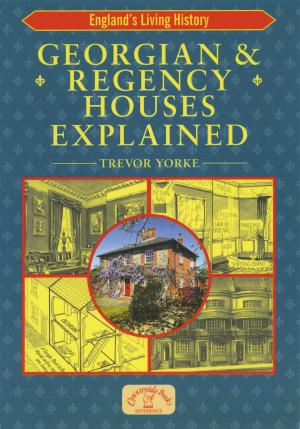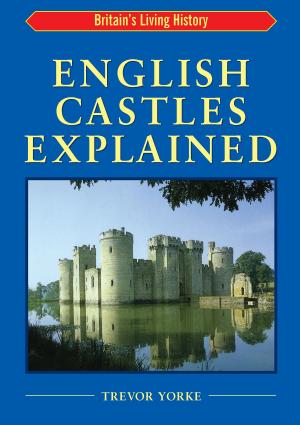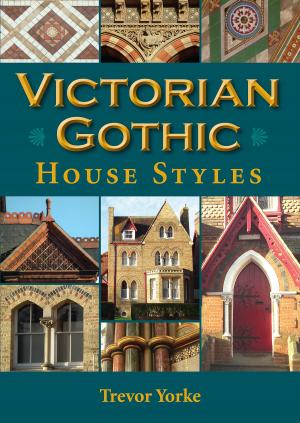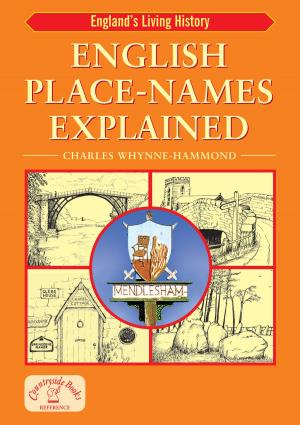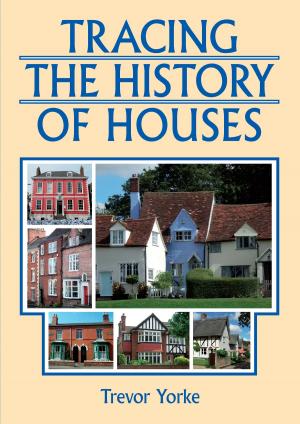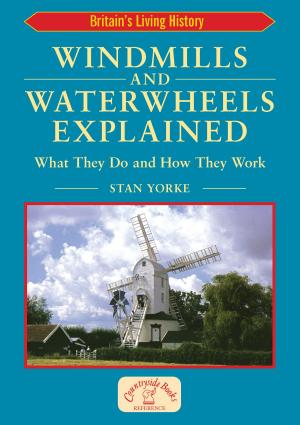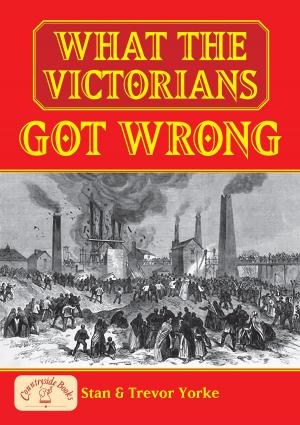How To Date Buildings
An Easy Reference Guide
Nonfiction, Art & Architecture, Architecture, History, British| Author: | Trevor Yorke | ISBN: | 9781846749124 |
| Publisher: | Countryside Books | Publication: | April 1, 2017 |
| Imprint: | Countryside Books | Language: | English |
| Author: | Trevor Yorke |
| ISBN: | 9781846749124 |
| Publisher: | Countryside Books |
| Publication: | April 1, 2017 |
| Imprint: | Countryside Books |
| Language: | English |
The older buildings which nestle within the streets of Britain's cities, towns and villages are sometimes obvious, but often quite unnoticed. Yet, they give their communities a reassuring permanence and form an emotional link with the past.
From the humble black and white Tudor cottage with contorted timbers to the colourful Victorian town hall with patterned brickwork, they inspire investigation and query. Who built them and why? Who lived there and what events were witnessed from their windows?
Perhaps the first question, before the others can be put into context is 'how old is the building?' A lot of key information about age and date can be gleaned from just observing the exterior. By recognising dateable features it is not hard to begin piecing together a building's history, and then understand how it developed over the centuries.
This illustrated and easy reference guide divides into six main chapters. They work from the whole building down to its component parts. They look at the overall position and shape of certain types of building and explain how they can indicate antiquity, before describing the features to watch for that narrow down the date of construction.
The book is packed with hundreds of photos, chosen to highlight these tell tale pieces of information. With its help, the buildings you notice need no longer remain just bricks and mortar; their history can come to life in front of you. By associating the shape of a roof, the type of window or style of door with a certain period, you can start unlocking their past.
The older buildings which nestle within the streets of Britain's cities, towns and villages are sometimes obvious, but often quite unnoticed. Yet, they give their communities a reassuring permanence and form an emotional link with the past.
From the humble black and white Tudor cottage with contorted timbers to the colourful Victorian town hall with patterned brickwork, they inspire investigation and query. Who built them and why? Who lived there and what events were witnessed from their windows?
Perhaps the first question, before the others can be put into context is 'how old is the building?' A lot of key information about age and date can be gleaned from just observing the exterior. By recognising dateable features it is not hard to begin piecing together a building's history, and then understand how it developed over the centuries.
This illustrated and easy reference guide divides into six main chapters. They work from the whole building down to its component parts. They look at the overall position and shape of certain types of building and explain how they can indicate antiquity, before describing the features to watch for that narrow down the date of construction.
The book is packed with hundreds of photos, chosen to highlight these tell tale pieces of information. With its help, the buildings you notice need no longer remain just bricks and mortar; their history can come to life in front of you. By associating the shape of a roof, the type of window or style of door with a certain period, you can start unlocking their past.
